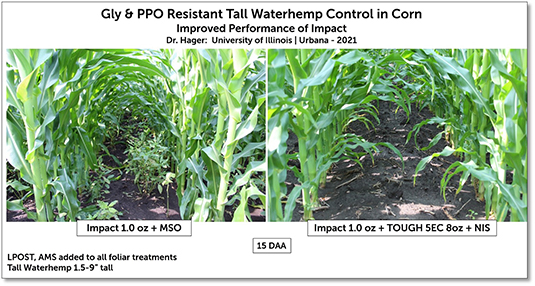Carbon, Oxygen and Hydrogen Fertility in Corn Production
Phosphorus, potassium, sulfur and nitrogen. All are traditional nutrients growers plan to put into soil each year to help maximize their yield potential. But did you know there are three other major components that are often overlooked?
Carbon, oxygen and hydrogen make up nearly 94% of the dry weight of the corn plant and play a pivotal role in grain yield. But they are rarely, if ever, part of a fertility plan. Instead, these nutrients are considered “freebies” because they do not need to be applied as fertilizer in crop production.
Carbon, oxygen and hydrogen are principal components of starch, protein, oil and fiber, which comprise about 85% of the final grain yield. The remaining 15% is water. They are important nutrients, but what can corn producers do to increase carbon, oxygen and hydrogen uptake?
The key to managing these essential nutrients is to manage soil water. If the soil contains too much water, mitochondria in the corn root cells suffocate from lack of oxygen and die, leading to overall root death.
If the soil contains too little water, evapotranspiration is limited, plant stomates close, and very little carbon dioxide and oxygen are captured in stomatal chambers. Reduced carbon dioxide levels limit the amount of carbon that is converted into sugar. Reduced oxygen levels inhibit mitochondrial respiration for energy production. Limitations of both functions reduce grain yield.
As long as soil water content is greater than the wilting point and not over field capacity, corn grows properly. Management practices to better ensure maximum corn growth and yield include:
- Install tile drainage to more rapidly remove excess water during rainy periods.
- Manage soil tillage to create a soil structure that allows maximum water percolation and capture from rain or irrigation.
- Improve the soil structure to allow better water retention.
- Conserve soil moisture by maintaining surface residue to reduce evaporation.
- Fertilize properly to allow the corn plant to efficiently capture carbon.
- Select hybrids that perform well in drier environments.





